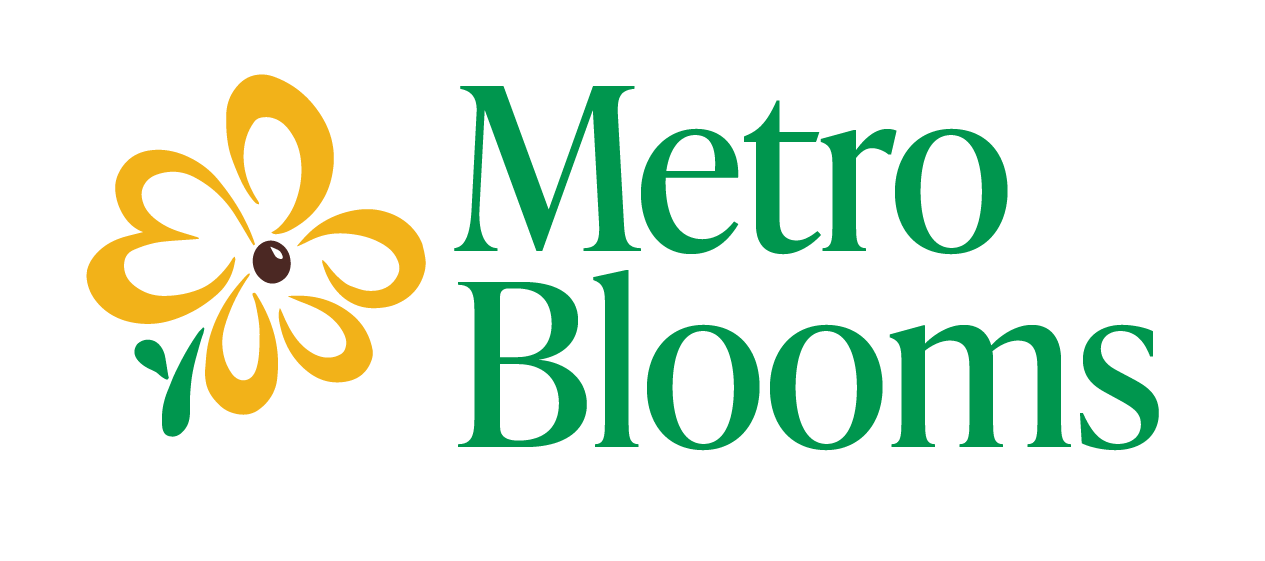In our first post about the Blooming Alleys Partnership I described the collaborative meeting we had in April, here at Sabathani, with all of our project partners to figure out what successful Blooming Alleys projects will look like and how this partnership enables and contributes to that success. We spent much of May working on a qualitative analysis of the loads of data that we received from that meeting. First, everything was transcribed. Next, we assigned a code to each idea/note (was the idea related to social fabric, changing social norms, water quality, etc). Then we put it all into a big, giant Excel table to break down further. From that we were able to pull the really “big ideas” that came out in each conversation and across all of the conversations.
One of those big ideas was the need for clearly defined roles and responsibilities for each group of partners, so we created a detailed description of roles based on the people that participants told us were important to these projects. Those roles are briefly outlined here. If you’d like more detailed information, let me know and I’ll get it to you (laura@metroblooms.org)!
Alley Captains: Work with Metro Blooms to plan an Alley Party for their block and manage communication within the block.
Master Water Stewards: Assist with outreach, education, installation, and maintenance.
Master Gardeners: Assist with planting design, installation, and maintenance education.
Minnehaha Creek Watershed District: Provide expertise on stormwater management practices & potential funding source for engagement & installation.
Blue Thumb Partners: Provide expertise in stormwater management including raingardens, permeable pavement, trench drains, and native plantings.
Outside Groups/Volunteers (ex: Girl Scouts, Boy Scouts, Friends of Diamond Lake, Friends of Lake Nokomis, Neighborhood Organizations): Participate in volunteer outreach and installation events.
Metro Blooms: Lead initial project scoping and fundraising with neighborhood leaders, communications, coordination or volunteer groups, recruitment and training of Alley Captains, Alley Parties, ongoing project management, and site consultation, design, and installation activities.
In addition to figuring out the roles of partners, we’re using other “big ideas”shared by partners in how we explain the project to potential participants and partners, to effectively market the project, to define success, ensure we’re implementing sustainable projects, and in creating useful resources. Here are some of the big “ah-ha” moments we had when analyzing these results:
- The majority of participants see this project as a way to improve alleys andstrengthen the community. The environmental benefits are not so much a main reason to participate as a benefit received for participating
- Participants want to use this project to develop a unique space in the alleyway and set an example for others. A space that’s clean, friendly, warm, inviting, and colorful
- Parties are so important – building a stronger community and spending time with neighbors seems to be the biggest reason people are interested in these projects
- We need multiple “starting points” for participants – not everyone wants a raingarden or wants to participate at all. But maybe they’d be willing to re-direct their downspout to a neighbors garden!

Developing this partnership model has already been immensely helpful in our Blooming Alleys projects. We recently had project specific meetings for partners involved in the Lynnhurst, Nokomis, and Diamond Lake Blooming Alleys projects. Because many of those partners had been engaged in the development of the model (or at the very least received numerous emails about the process) they were already very familiar with the projects. Because they’re familiar and comfortable with the project already, talking to neighbors about it seems less daunting and inconvenient. Additionally, we’ve created some new resources including an FAQ (so important!), a Story Map filled with examples of Blooming Alley projects (so cool!), and Alley Party postcards. Above all, we recognize our reason for implementing these programs (water quality) is not the main reason that most people participate (community!) and that’s okay! Stronger communities have more participation and are more likely to adopt and maintain their stormwater management practices – all things that ultimately lead to improved water quality and habitat.
As I finish this blog by typing in the name, I can’t help but think “the BAP, the Blooming Alleys Partnership” and how I can’t wait to use the term in the future because it feels like we’re really creating something awesome here. Something that has the potential and drive to have a huge impact, not just on water quality and habitat but in creating strong, thriving communities.
